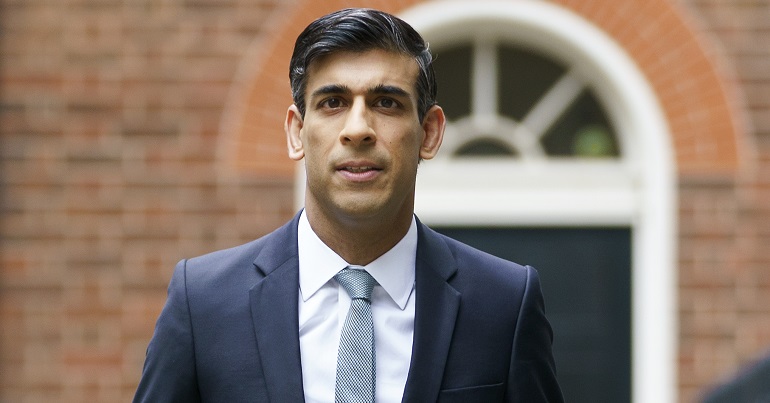The poorest are being hit much harder

Inflation in the UK hit 9% in April, the highest level in 40 years. Energy prices rising in April have been credited with being behind the some of the huge increases.
However, the 9% inflation figure only tells part of the story.
That’s firstly because it’s only one measure of inflation – the Consumer Prices Index (CPI). There is another well-used measure of inflation known as the Retail Prices Index (RPI). The RPI is typically higher than the CPI, and its supporters suggest it is a more realistic measure of changes in the cost of living because it takes into account a broader ranger of things. For example, the RPI takes into account the costs of housing and council tax, whereas the CPI does not.
If we look at the RPI inflation figures, they show that costs are even higher than today’s headlines. The RPI has inflation at 11.1%
But that’s just one way that 9% CPI figure tells only part of the story on the cost of living crisis.
The Institute for Fiscal Studies (IFS) has highlighted how inflation is felt differently depending on people’s incomes. Because a significant chunk of the increase in inflation comes from energy price rises, the poorest will be facing a higher rates of inflation as a larger proportion of their income on energy. The IFS calculate that the poorest 10% of households were therefore whacked with inflation at 10.9% in April, compared to just 7.9% for the richest 10% of households. And that’s all using the lower CPI figure.
Paul Johnson, Director of the IFS has alluded to the major problems this poses for the poorest people in the country. While these households are facing huge increases in costs, benefits have risen by just 3.1%, meaning some of the most vulnerable people are facing a significant real terms cut to their income. And of course Rishi Sunak has claimed he couldn’t increase benefits in line with inflation because a computer system wouldn’t allow it.
Chris Jarvis is head of strategy and development at Left Foot Forward
Image credit: Number 10 – Creative Commons
To reach hundreds of thousands of new readers we need to grow our donor base substantially.
That's why in 2024, we are seeking to generate 150 additional regular donors to support Left Foot Forward's work.
We still need another 117 people to donate to hit the target. You can help. Donate today.



